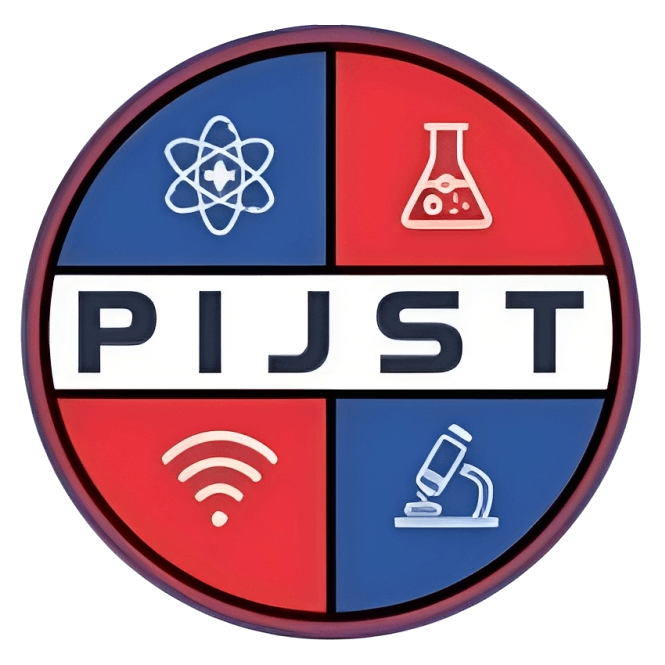Tele-Rehabilitation for Post-COVID Recovery: Comparative Evaluation of Structured and Supervised Model
Satendra Kumar Singh, Research Scholar, Department of Physiotherapy, Bir Tikendrajit University, Imphal West,
Manipur, India.
Dr. Ashok Kumar Roy, Assistant Professor, Department of Physiotherapy, Bir Tikendrajit University, Imphal West,
Manipur, India.
Published Date: 06-12-2024 Issue: Vol. 1 No. 12 (2024): December 2024 Published Paper PDF: Download
Abstract- Post-COVID-19 syndrome presents persistent respiratory, functional, and psychological challenges that demand innovative rehabilitation models. This study evaluated two tele-rehabilitation approaches—Daily Structured Respiratory Conditioning (DSRC) and Supervised Tele-Pulmonary Exercise (STPE)—through a randomized controlled trial involving post-COVID patients with long-term impairments. Outcomes were measured across pulmonary function, physical capacity, psychological well-being, cognitive recovery, and quality of life domains. Both DSRC and STPE demonstrated significant improvements over standard care, though their benefits manifested differently: DSRC excelled in oxygenation, cognitive engagement, and vitality, while STPE enhanced functional performance, reduced distress, and improved social participation. Findings highlight the complementary strengths of self directed and supervised tele-rehabilitation, suggesting that hybrid models may optimize recovery. Tele-rehabilitation thus emerges as a scalable, evidence-based strategy to address the multidimensional needs of post-COVID survivors.
Published Date: 06-12-2024 Issue: Vol. 1 No. 12 (2024): December 2024 Published Paper PDF: Download
Abstract- Post-COVID-19 syndrome presents persistent respiratory, functional, and psychological challenges that demand innovative rehabilitation models. This study evaluated two tele-rehabilitation approaches—Daily Structured Respiratory Conditioning (DSRC) and Supervised Tele-Pulmonary Exercise (STPE)—through a randomized controlled trial involving post-COVID patients with long-term impairments. Outcomes were measured across pulmonary function, physical capacity, psychological well-being, cognitive recovery, and quality of life domains. Both DSRC and STPE demonstrated significant improvements over standard care, though their benefits manifested differently: DSRC excelled in oxygenation, cognitive engagement, and vitality, while STPE enhanced functional performance, reduced distress, and improved social participation. Findings highlight the complementary strengths of self directed and supervised tele-rehabilitation, suggesting that hybrid models may optimize recovery. Tele-rehabilitation thus emerges as a scalable, evidence-based strategy to address the multidimensional needs of post-COVID survivors.

 : 10.62796/pijst
: 10.62796/pijst